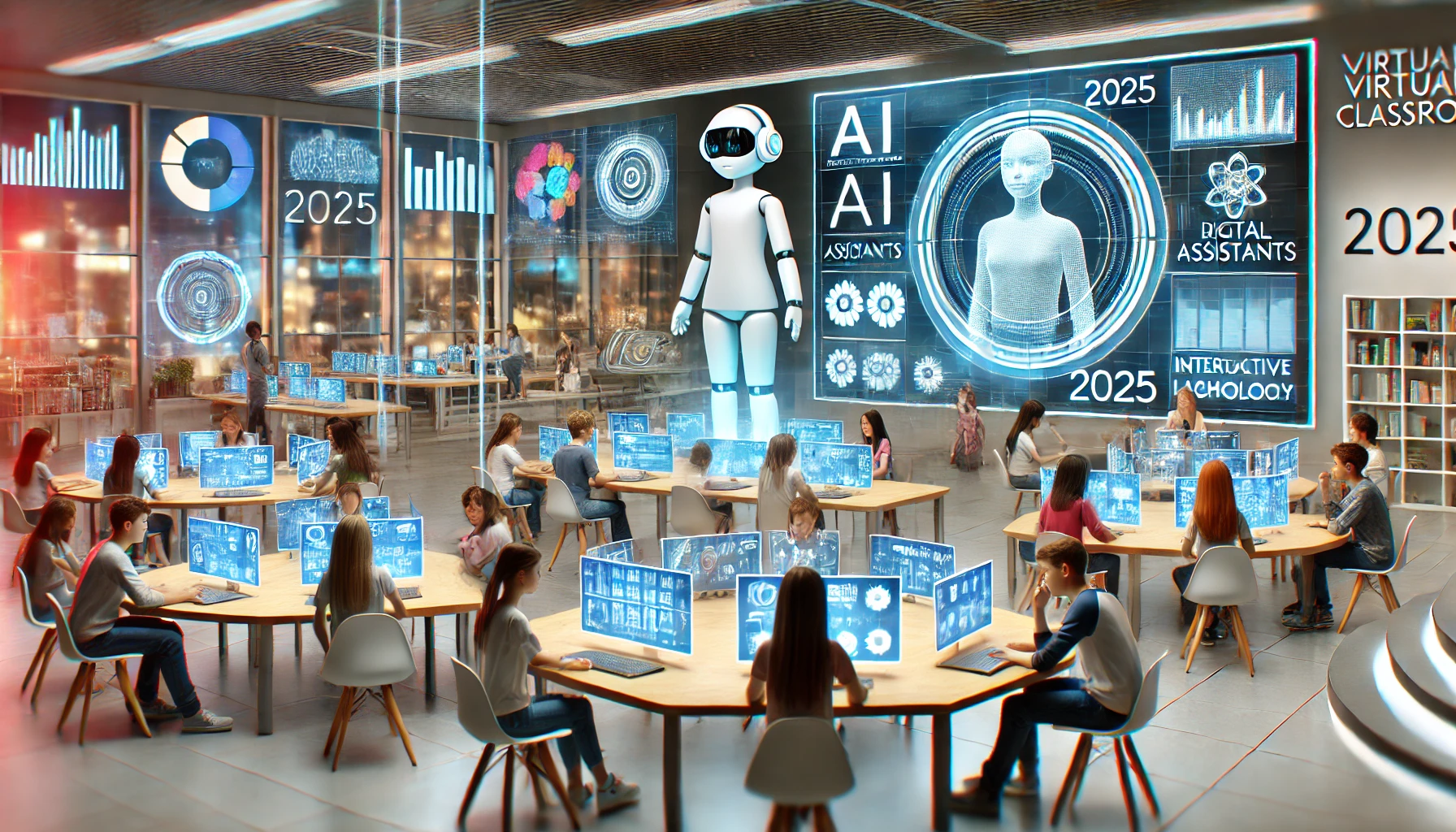In the rapidly evolving landscape of education, virtual classroom software has become essential for effective online learning, providing tools and environments that closely mimic or even surpass traditional in-person experiences. As we enter 2025, technological advancements have led to sophisticated virtual classroom platforms that integrate cutting-edge Artificial Intelligence (AI) to enhance educational experiences through personalized learning, seamless administrative processes, and interactive capabilities. This evolution is not only reshaping education delivery but also making it more inclusive and adaptable to diverse student needs globally.
Recommended Virtual Classroom Software for 2025
| Software | Advantages | Disadvantages |
|---|---|---|
| EduVision Pro | Advanced AI-based personalization, robust analytics, adaptive learning pathways, extensive resource library | Higher subscription cost, steep learning curve for educators |
| LearnLink AI | Superior interactive tools, seamless collaboration features, real-time translation capabilities | Requires high-speed internet, less effective on older hardware |
| VirtualClassroomX | Excellent accessibility, multilingual support, easy integration with other educational tools | Limited advanced analytics, lacks robust technical support |
| StudySphere | Intuitive user interface, strong mobile compatibility, gamification features to boost student engagement | Occasional stability issues, limited customization options |
| TeachCloud | Powerful content management, scalable for large classes, comprehensive reporting capabilities | Less intuitive for non-tech users, occasional performance lag during peak hours |
Detailed Insights on Selected Software
Below are detailed insights into the software solutions highlighted for their unique features and their potential to enhance virtual learning environments in 2025.
- EduVision Pro offers exceptional personalization by utilizing sophisticated AI algorithms that track individual student progress and dynamically adjust learning modules accordingly. It supports a wide range of educational content and provides insightful analytics, although it can be cost-prohibitive for smaller institutions.
- LearnLink AI stands out for its interactive and collaborative features, enhancing student engagement through virtual group activities, breakout rooms, and instant messaging. However, its performance heavily relies on high-speed internet connectivity, making it less accessible in areas with limited infrastructure.
- VirtualClassroomX excels in accessibility and user-friendliness, with multilingual interfaces and seamless integrations, making it ideal for global educational institutions. The trade-off is the limited depth of analytics and less responsive support infrastructure.
- StudySphere is highly praised for its mobile-friendly design and gamification options, significantly increasing student motivation and participation, though it occasionally suffers from technical issues that can disrupt learning.
- TeachCloud is designed to effectively manage large classes, offering extensive reporting tools that simplify administrative tasks and class management. However, its complex interface can be challenging for educators less experienced with technology.
How AI Enhances Virtual Classrooms
Artificial Intelligence (AI) is central to the success of virtual classroom software in 2025, offering substantial improvements in educational delivery through:
- Personalized Learning: AI algorithms continually evaluate each student’s performance, adapting educational content and pacing to meet individual learning styles and needs, thus improving student outcomes.
- Automated Administrative Tasks: AI automates repetitive tasks such as attendance monitoring, assignment grading, and report generation, allowing educators more time to engage directly with students and refine teaching strategies.
- Enhanced Interaction: AI-powered virtual assistants and chatbots provide instant support and answers to student queries, facilitating a more dynamic, responsive, and supportive learning environment. For instance, virtual assistants can promptly guide students through troubleshooting technical issues or help them quickly access relevant study resources during live classes.
- Advanced Predictive Analytics: AI-driven analytics identify students at risk of falling behind, enabling early interventions and targeted support to improve overall student performance and retention.
- Interactive Learning Experiences: Advanced AI tools enable the creation of interactive content such as simulations, virtual laboratories, and immersive learning scenarios that enhance student comprehension and engagement. For example, AI-driven virtual labs allow science students to conduct realistic chemistry experiments safely and remotely, improving their understanding and practical skills.
With these technological advancements, virtual classroom software in 2025 promises not only to streamline the learning process but also to make it profoundly more effective, inclusive, and engaging for students and educators worldwide.
I’ve written a comprehensive blog post titled “Virtual Classroom Software: The Comprehensive Guide“, which delves into the latest software options available, their key features, and how they enhance online education experiences. If you’re interested in exploring how virtual classrooms are transforming learning environments with innovative technology and AI integrations, feel free to check it out!

